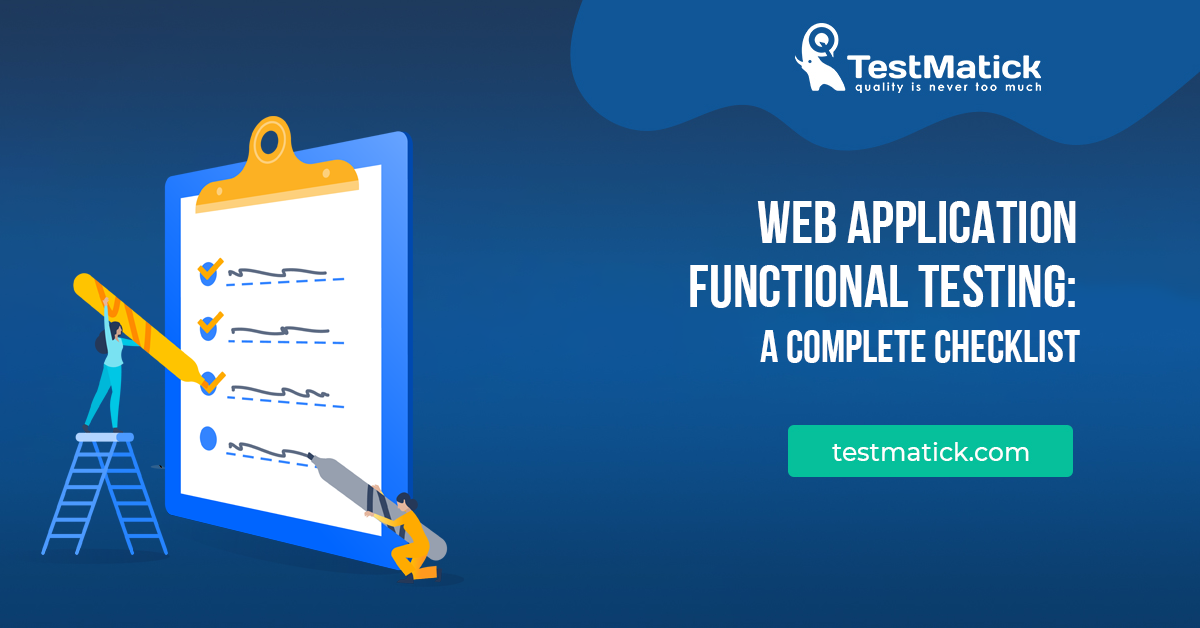Before pushing a project to production, a tester should not only follow specification requirements but also take into account the big importance of functional specification that can be applied to software.
Therefore, to not be afraid to push a project to independent testing, you should perform functional software testing on the basis of a checklist. Further, we’ll talk about it.

Functional Testing Checklist
1 — testing each form
Sign-up:
- A user account has already been created;
- A user has registered for the first time;
- A user is blocked on a website and has no possibility to register for the second time.
Login:
- A user account with the given password and login has been created;
- A user with the given login doesn’t exist;
- A user account has been created but his/her password is incorrect;
- Validation of login fields (numeric fields, alphabetic fields, fields for numeric, alphabetic values, and special symbols).
Testing and validating all the required fields.
Testing feedback forms and correct work of links of Terms of Use.
2 — search
- Search results are correct and redirecting to details pages works properly;
- A user sees a correct message on no result;
- A search field is empty by default;
- A search field accepts either numeric/alphabetic values or special symbols.
3 — fields
- Fields with numeric values: letters should not be entered but even if so, a user should see the corresponding message;
- A value with a fraction;
- Negative values;
- Dividing by 0 is displayed correctly;
- Checking if fields use and accept special symbols;
- Testing the field size to check that the entered text doesn’t go over the borders.
4 — filters
- Testing functional settings of sorting;
- Work with filters with correct and incorrect results;
- Sorting by category, section, and block;
- Sorting by a search range;
- Information is displayed in a form of a dropdown.
5 — work with DevTools
- Testing for errors in a console;
- Checking that current styles are uploaded;
- Checking if all images and graphical elements are displayed.
6 — testing pop-ups
- Testing all text pop-ups;
- Verification of the messages for updating and deleting;
- Text messages on errors in case of incorrect input.










Leave A Comment